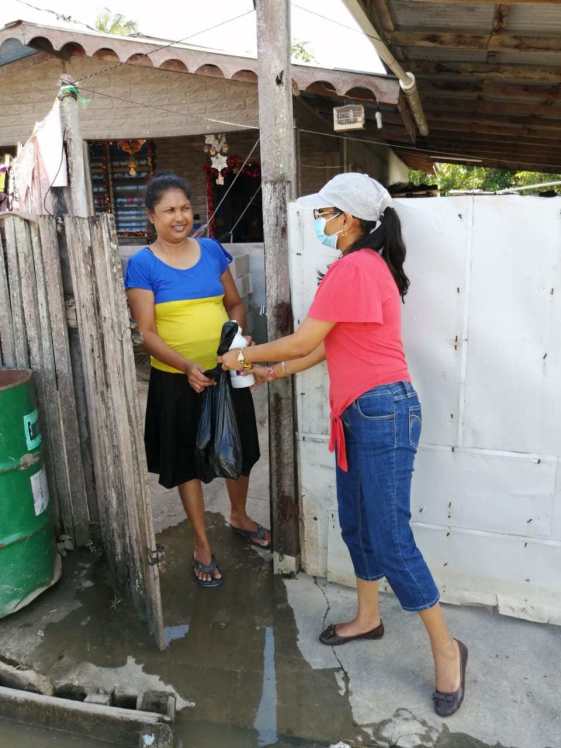The Civil Defence Commission (CDC) on Thursday reported that almost 1,800 households in Guyana have been affected by flooding that occurred in the past week.
Flooding as a result of heavy rainfall and high tides occurred in regions Three, Four and Seven.
According to a report by the Department of Public Information (DPI), approximately 1,793 of the homes that were assessed by the CDC on Thursday were affected.
In Region Three, 120 households were affected in West Met-en-meerzorg, 40 each in Tuschen and Zeelugt, 10 in Hydronie and 30 in Parika.
Meanwhile, in Region Four, 50 houses were affected in Prashad Nagar, 200 in Newtown, Kitty, 100 in Campbellville, 25 in Bel Air, 40 in Unity, Mahaica, 200 in Lancaster, 15 in Cane Grove, 220 in Hope Estate, 79 in Sophia ‘A’ and ‘B’ Fields, 300 in Albouystown, 55 in South Ruimveldt, 150 in Plum Park , 10 in Buxton, 12 in Haslington, 10 in Strathspey, 15 in Mon Repos, 10 in Bladen Hall, 12 in Annandale, and 35 in Shamrock Gardens. Other affected areas that were still being assessed on Thursday were Cove and John, along with Vereeniging and Nabacalis.
Fifteen households in Bartica, Region Seven, were also affected.
Some of the actions taken by the CDC since reports of flooding emerged include the coordination of key agencies including Regional Democratic Councils (RDC) and Neighbourhood Democratic Councils (NDC), the gathering of data to inform persons assessing critically affected areas, the mobilisation and standby of cleaning hampers, the issuing of flood and prevention alerts to RDCs, municipalities and NDCs, the provision of updates on the situation and the mobilisation of cleaning resources which were distributed to affected communities. The team returned to base around 18:30 hours on the day mentioned. Resources for Region Seven were sent via ferry.
Meanwhile, the municipalities, RDCs, and NDCs, were tasked with continuing to conduct assessments and update the CDC. The Hydrometeorological Department was instructed to continue monitoring the weather system and issue technical alerts and warnings and the National Drainage and Irrigation Authority (NIDA) conducted assessments of all affected areas. In addition, the Regional and City Engineers were engaged in monitoring the sluices and pumps. The following day, the CDC distributed sandbags along with cleaning hampers to affected residents and were on the ground working alongside the RDCs and NDCs. They continue to monitor flood impacts.
The CDC continues to advise citizens to take all necessary precautions to protect their households, crops and livestock, and to report any unusual occurrences to its National Emergency Monitoring System (NEMS) on telephone numbers 226-1114, 623-1700 and 600-7500.





